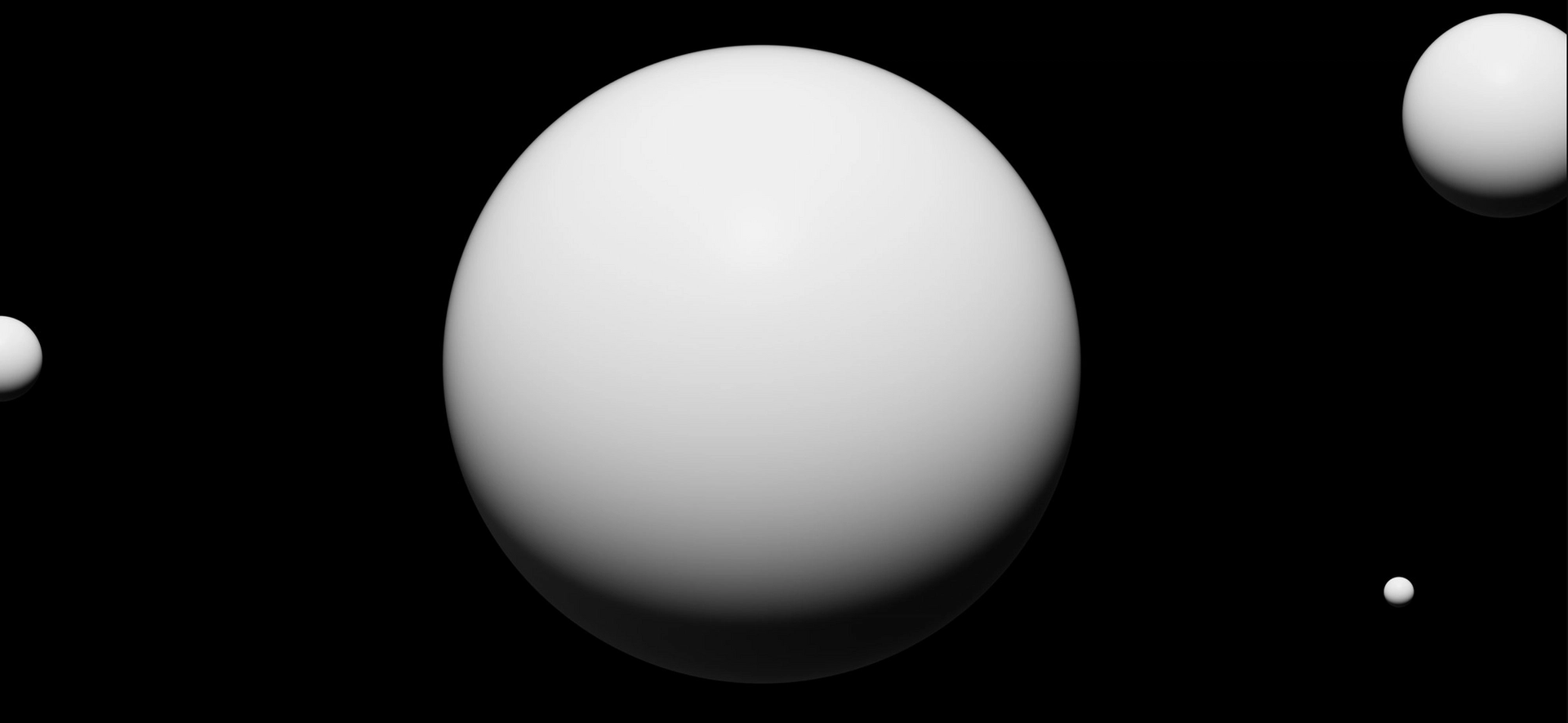10/12/2021 NFT project sells for $91.8m, debatably achieving the highest price ever for a work by a living artist
Sales of the new project by Pak point to increasing gamification in the NFT market, though the superlative total sum comes with a number of caveats

An image fromThe Mergedrop, not the actual minted NFTs. Courtesy Nifty Gateway
Thousands of collectors are staring at their digital wallets today, wondering how their investments inThe Merge, an NFT (non-fungible token) by the pseudonymous artist (or artist collective) Pak, will mature.
Sold from Thursday through Saturday in an open edition on the NFT platform Nifty Gateway, more than 28,000 buyers spent an eye-watering total of $91.8m to acquire 266,445 total units of mass (for those who did not join in on the sale, “mass” is analogous to “digital token” and allows for some interesting wordplay with the terms of the sale). According to Nifty Gateway thatcouldmake this sale the most expensive ever for a work by a living artist.
That’s a tricky claim, though there’s no doubt the total sum spent onThe Mergeeasily bested the reigning superlative NFT sale, Beeple’sEverydays: The First 5000 Days, whichsoldfor $69.3m at Christie’s in March.The 48hr Pak sale highlighted the increased gamification of the art market and proved that, if the thirst for NFTs ever does linger, creators will surely find new ways to draw in buyers.
At the beginning of the sale on 2 December at 6:30pm ET, each edition or unit of mass cost $575 (those who already owned Pak NFTs could start buying early and at a discount, 6pm at $299 per unit). Every six hours the price went up by $25, and there was bonus for those who bought in bulk. For every ten mass you bought, you would be given one for free. Buy 1,000, and you get 300 extra.
On Monday buyers will receive one NFT with their accumulated mass. Not fun enough? A leaderboard was posted during the sale, which anonymously showed the amount of mass being acquired, with the top 100 and top five getting a special “style class”.
An interesting twist for secondary market buyers makes sure the game does not end. As a collector buysThe MergeNFTs from other collectors, rather than gaining an NFT, the accumulated mass of the buyer’s NFT increases while the seller’s NFT is destroyed. The more secondary sales, the scarcer the mass. According to the Nifty Gateway website, “Alpha, the system’s largest mass, is a dynamic class that will be awarded to the Top collector, which may also be achieved by obtaining more mass from the secondary market wars.” Let the games... continue!
Whether or not this constitutes the highest public sale by a living artist, however, depends on how one defines the words in that sentence.Rabbit,a 1986 sculpture by Jeff Koonssold for $91min 2019, making him the most expensive living artist. That was only one object (from an edition of three) as opposed to the 266,445 units of mass sold fromThe Merge. On the other hand, Damien Hirst’s 2008 Sotheby’s sale brought in over $200m, but that wasfor 287 objects, whileThe Mergecould ultimately become one digital work.
 (0)
(0)
 (0)
(0)
